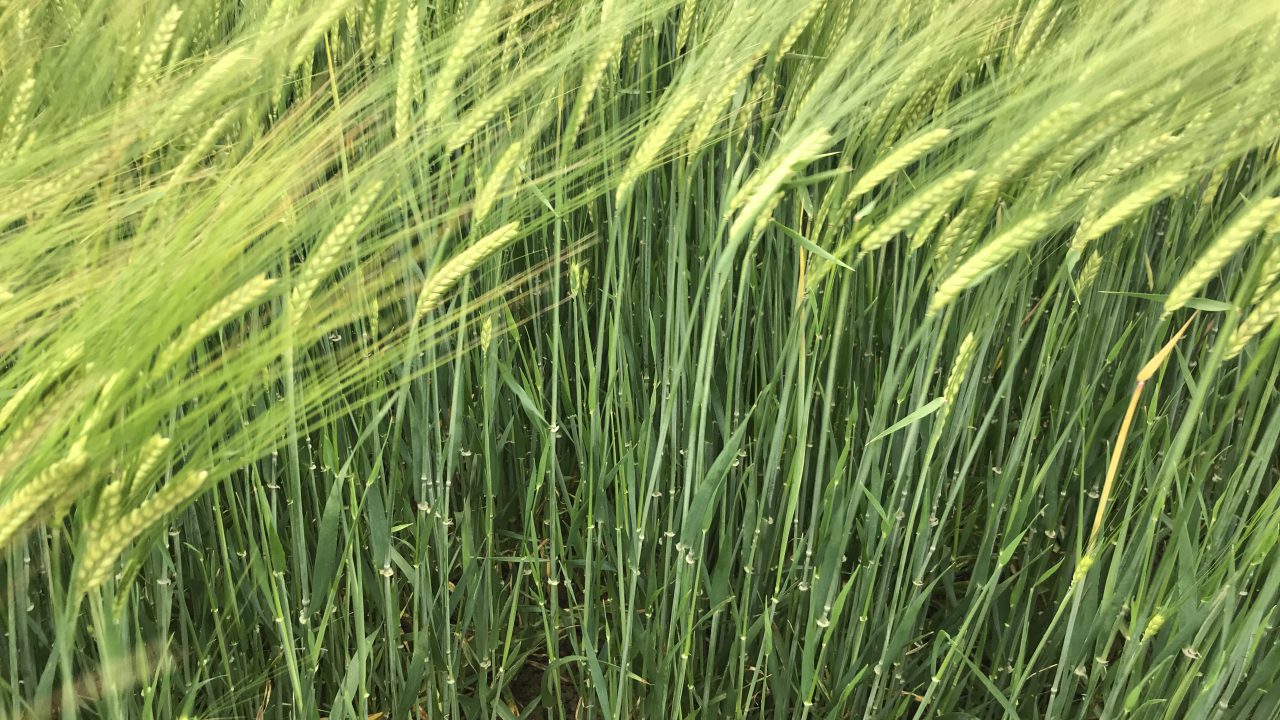A combination of genomics and the sourcing of Europe’s best genetic materials is driving a unique barley breeding programme for the UK and Ireland.
The work was initiated in 2017. Coordinated by the French-owned Secobra Recherches company, a number of new spring barley varieties have already been developed.
This is to be followed by the unveiling of new malting varieties in the very near future.
The work has been undertaken in conjunction with the Agrii consultancy at varietal trials centres in Essex and Lincolnshire.
“We are pushing spring barley development ahead by rapidly moving from the genetics and statistics of plant breeding’s past, to the genomics and data science of the 21st century,” Secobra’s Paul Bury explained.
“Doing so is enabling us to replace high numbers of crosses and throughput with a more focused, better-targeted and altogether more efficient approach.
“Complete DNA profiles of all our lines and sophisticated computer modelling means we are predicting the result of crosses for a whole host of traits with increasing accuracy.
“This means we can dramatically reduce the number of crosses we actually make, concentrating on those most likely to deliver,” Bury added.
Genomics
According to Bury, genomic information on the results of these crosses further allows for the pre-select of early stage lines among large populations. Only the most promising types are carried on for field selection.
The greatest possible use of drones and other technologies delivers rapid and comprehensive assessments of key traits to aid in the varietal selection process.
Bury confirmed that breeding programmes have raised the farm productivity of spring barley by almost 2t/ha in the past three decades.
“While yields over 8t/ha are pretty common today, we see no slackening off in the pace of performance progress,” he continued.
“If anything, in fact, we believe our modern breeding approach will accelerate it.
“With plots in our development trials with Agrii pushing on 13t/ha last season, we think we should regularly be able to bring in over 10t/ha from quality spring barleys in the future.
“In malting barleys our prime focus is on the maximum extract of available sugar per hectare.
“Alongside this we are concentrating on greater sustainability for the whole barley chain.”
In practical terms, he explained that this means the production of grain which is more efficient to process, as well as crops that are better able to deal with a range of environmental stresses, such as drought.
